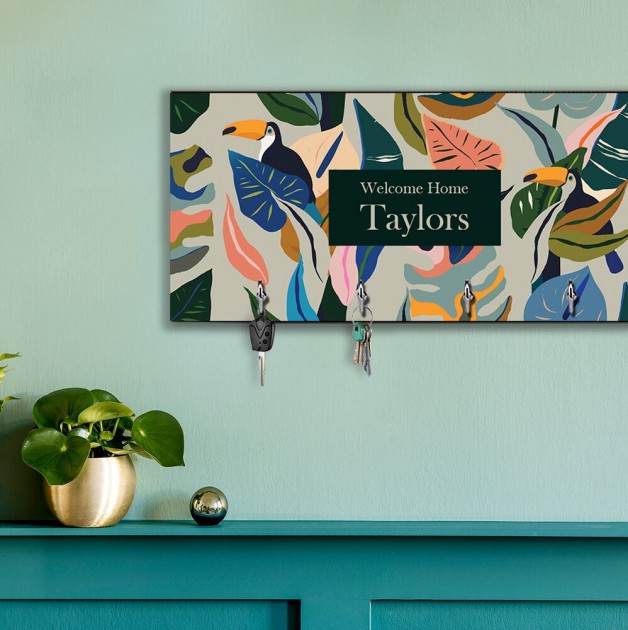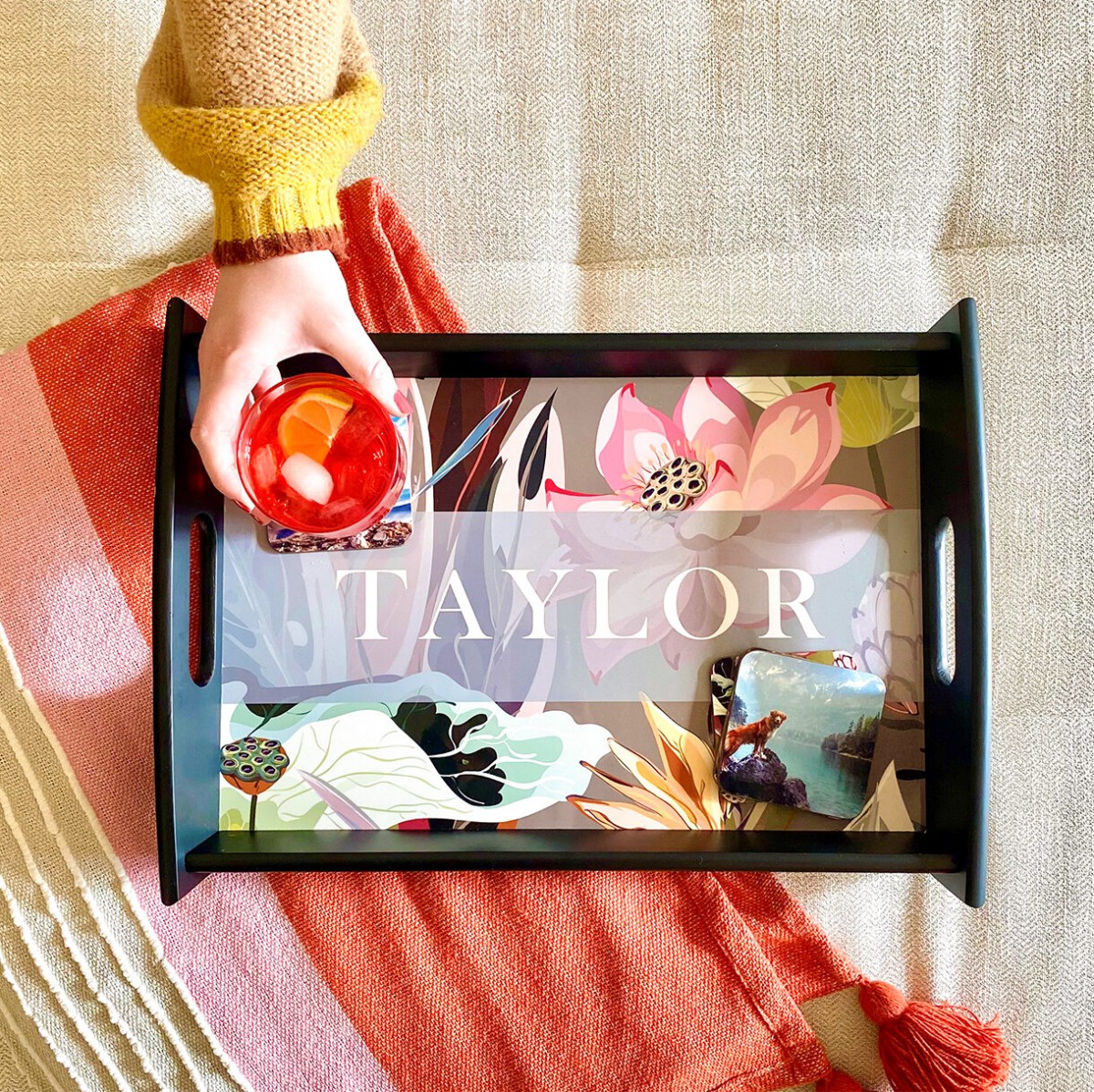A Guide to Temperature and Dwell Times for Unisub Sublimation Blanks

Sublimation Journal - Unisub Sublimation Blanks Production Guide
Unisub sublimation blanks are a popular choice for creating custom products using the sublimation printing process. The process of sublimation printing involves using a heat press to transfer dye-sublimation ink onto the blank, resulting in a vibrant and long-lasting image or design.
Unisub sublimation blanks are available in a wide variety of shapes and sizes, including popular items such as photo panels, coasters, clipboards, ornaments, and puzzles.
Let's go over some basic production guidelines for making products with Unisub blanks.
General Pressing Guidelines for Unisub Blanks

It is recommended to adjust the dwell time in increments of 5-10 seconds until the clearest image is achieved. The following times are a general starting point. It is suggested to refer to the documentation from your ink manufacturer for more detailed information on temperature and dwell time determined from their respective in-house studies.
Temperature and Dwell Times for Unisub Blanks
Take great care when removing finished items from the heat press. To avoid warping, it is recommended to use an oven mitt or rag, let the products cool face down on a solid surface, and place a weighted object on the back of the product. If warping persists, the sublimated piece can be heated again from the backside and cooled. Avoid bending hot products as it may damage the substrate and the sublimated image.
Read: DK20S - The Best Professional Heat Press for Sublimation?
Removing the Protective Film from Blank Substrates

To minimize the risk of damage, we recommend using the tacky side of a recently removed piece of protective film to gently drag along the top surface of the tile, starting at the corner and moving towards the center. If no extra film is available, the pad of your thumb or forefinger can also be used to gently peel back the edge.

by Jeff Butler · Senior Strategist
Conde Systems, Inc.
Visit Our Blog!
Be sure to visit our blog for more sublimation printing and heat transfer articles!
Over three decades of research and development - helping small businesses like yours profit from sublimation and heat transfer technology.
